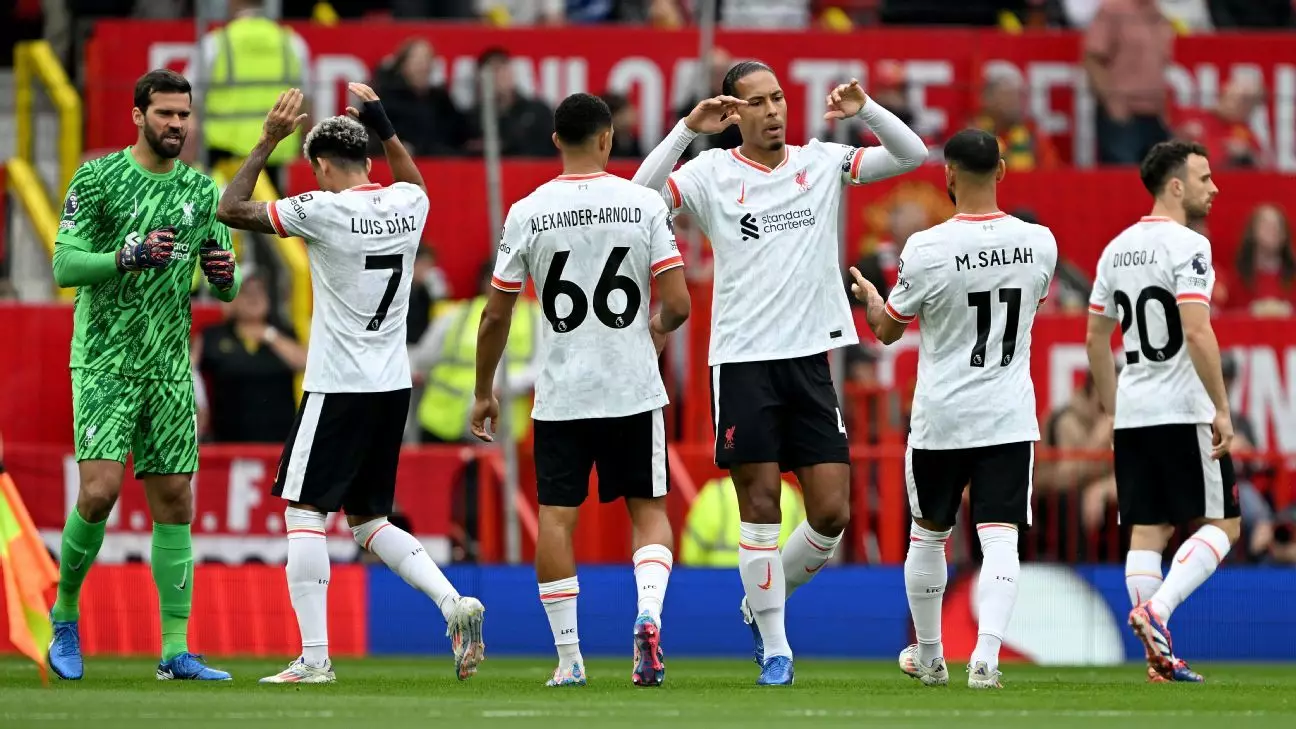In a progressive move that has sent ripples across the footballing world, FIFA has implemented interim transfer rules aimed at facilitating player movement ahead of the Club World Cup set to be held in the United States in June-July 2025. This initiative underscores FIFA’s commitment to ensuring that top-tier talent can transition smoothly between clubs while participating in one of the sport’s most prestigious events. Specifically, these rules allow players, whose contracts expire on June 30, to sign with new clubs as free agents as early as June 1, providing a unique opportunity for players to make a significant mark in the tournament.
The list of teams participating in the revamped Club World Cup is nothing short of illustrious, featuring powerhouses like Real Madrid, Manchester City, Bayern Munich, and Paris Saint-Germain—all of which are guaranteed to scout for high-profile talents. Notably, high-profile players such as Mohamed Salah, Trent Alexander-Arnold, and Virgil van Dijk from Liverpool, as well as Tottenham’s Son Heung-Min and Lille’s Jonathan David, find themselves at the forefront of potential moves. Their inclusion in the tournament not only amplifies their visibility but also underscores FIFA’s intention to showcase the best talent in football on a global stage.
The interim rules offer a fresh mechanism for clubs to negotiate transfers that could significantly shift the dynamics of their squads heading into the tournament. Given the compact timeline, teams have a narrow window from June 1 to 10 to finalize agreements, ensuring that players can compete with their new clubs mere weeks after their former contracts have lapsed.
An intriguing aspect of the new regulations is the potential for players to extend their current contracts for a short duration, ensuring seamless participation in the World Cup. This dual capability highlights the complexities that arise when contracts are associated with pivotal tournaments that fall within the conventional league calendar. For instance, Kylian Mbappé’s impending free agency could have posed complications had he chosen to switch clubs right before the tournament. With the new rules, however, scenarios like this become manageable, further enhancing the attractiveness of player transfers by allowing talent to engage in high-stakes matches while cementing their futures.
The challenge of balancing club and international commitments also underlines an important dimension of FIFA’s considerations. In a significant deviation from established norms, FIFA is permitting exemptions for clubs that must release players for national duties—a decision particularly impactful for U.S. and Mexican players who might be called up for the Gold Cup held concurrently in the United States. This measure illustrates FIFA’s responsiveness to parsing the interests of clubs with those of national teams, fostering a collaborative rather than adversarial relationship.
The landscape of player transfers is rife with historical precedence that underscores the fluid nature of football regulations. The decision to amend transfer rules in 2020 amidst the COVID-19 pandemic serves as a salient example of FIFA’s adaptability in response to crisis. The move allowed players like Timo Werner to prioritize club commitments and market opportunities even at the cost of missing out on crucial tournament phases—a reflection of the evolving priorities in professional football.
This new structure for the Club World Cup anticipates similar necessities as FIFA’s previous interventions but magnifies the stakes with a focus on high-profile events. The inclusion of clubs from the Concacaf region, such as Seattle Sounders and the Mexican champions Leon and Monterrey, adds geographical diversity and cultural richness to the tournament, leading to an even more extensive tempering of the competitive environment.
Ultimately, FIFA’s interim transfer rules signify more than merely streamlining player movement; they encapsulate a broader vision for the future of football. The modifications emphasize flexibility, enabling clubs and players to optimize their strategic interests while promoting competitiveness on a global stage. By ensuring that top players can participate in a high-visibility competition, FIFA reaffirms its role as a facilitator of football evolution. As the countdown to the Club World Cup continues, the anticipation surrounding player movements and potential team formations guarantees an exhilarating narrative for fans and stakeholders alike.

